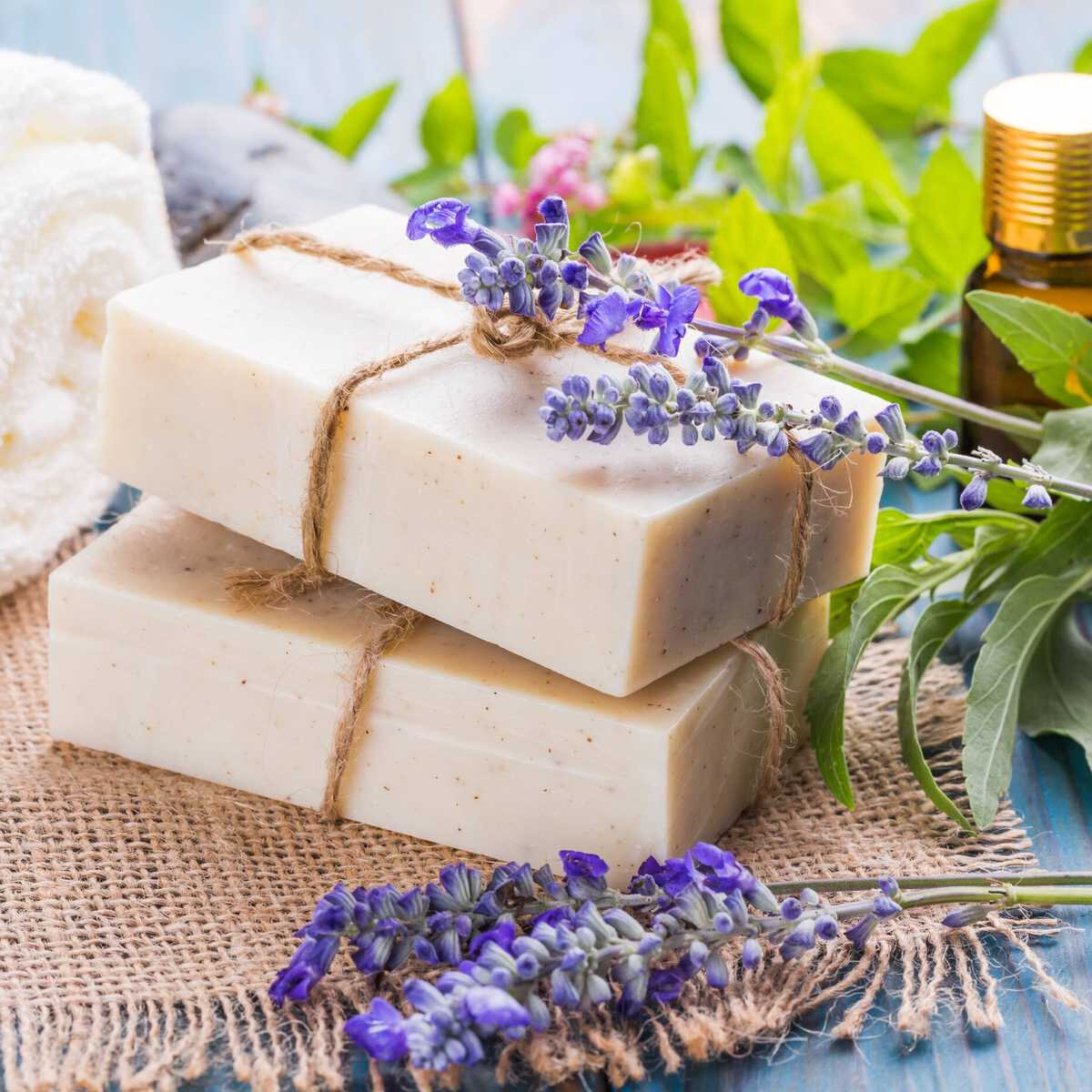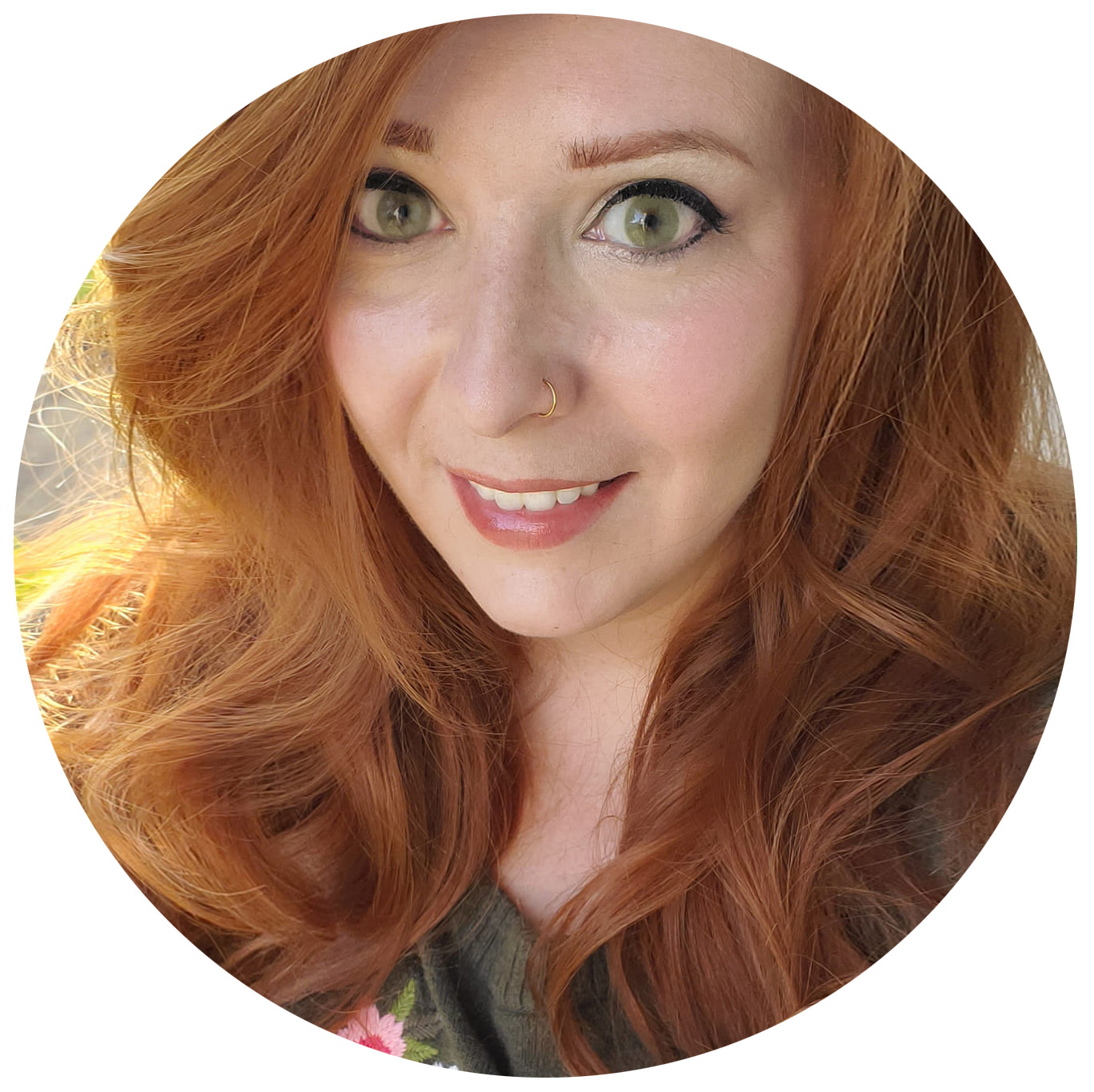The Truth about Lye - Why the Bar in Your Shower Probably Isn't Real Soap!
“It seems a little crazy that you would ever really need to define the word “soap.” But, in a day-and-age when the average consumer in the local health and beauty aisle is bombarded with everything from shower gel to body butter, foaming soap to rejuvenating cleanser, and detergent to cleansing cream, believe me, it’s very, very necessary! It seems the word soap has come to mean many things but if we are talking real, actual, soap then we are really only talking about one thing...and that's lye.”
Opinions on lye and it’s safety in soap-making always seem to be surrounded by a cloud of heated debate. Generally, the anti-lye debate swirls with stories of grandma’s old lye soap, nightmarish tales of handmade soap that was harsh, drying, and even burned sensitive skin. The irony? Many, if not most of these old-timer horror-stories are probably true. So, avoiding lye soap is best...right? Wrong, want to know why? Keep reading…
Lye, also called sodium hydroxide, is an extremely caustic chemical. Deadly if ingested, it can cause serious chemical burns to the skin and even blindness. Without time-warping back to high school chemistry class for too long, we do need to take a quick look at some good ol' science.
In order to create a neutral one must combine an alkaline with a base. In traditional soap-making the alkaline is lye and the base can be anything from all natural plant oils to animal fats. Lye is an essential component in soap-making because when the lye combines with the oils or fats a molecular process called saponification occurs. Saponification is just a fancy way of saying that the alkaline and the base have merged to create a new chemical compound that is now neutral. The end result is soap plus glycerin.
So...how did lye soap get such a bad wrap? Longer ago when soap-makers often used lye made from wood ash they didn’t have the benefit of the high tech digital scales we do today and unless they were very, very careful often the ratios of the alkaline to the base could be incorrect. Even in these cases, saponification would still occur, but without enough of a base the "left-over" caustic sodium hydroxide (lye) that didn't have any base to bond with would remain in the soap and often create a finished product that when used could indeed burn the skin. When measured and processed correctly, after saponification occurs, lye soap is 100% safe and extremely gentle on the skin.
Over the centuries, with traditional lye soap, humans have been able to greatly reduce the spread of disease and germs in society up to 80%. There is no excuse to use anything other than top quality, all natural, lye soap. So, back to defining that word “soap” -
Anything that is produced without using lye is technically a detergent and it's not real soap! Any product that removes or harvests only the glycerin and sells that as soap...again, not real soap! If your soap melts with heat vs disolves with water…you guessed it…also not soap!
Sadly most products sold in big-box and craft stores today are primarily a cocktail of preservatives and man-made chemicals that are used to ensure that the products will lather and remain shelf stable for years...YEARS! Think about it; there is nothing man made that's good for you, or good for your skin, that should be able to sit on a shelf for years without spoiling!
So, don't be fooled by the pretty packaging or clever commercials for the popular beauty brands. Make sure your soap is 100% natural with absolutely no added preservatives or artificial chemicals. (and yes, this means anything labeled “fragrance” - that’s another whole article…but trust me, come of the most toxic ingredients in your beauty products are the synthetic scents they contain!
Remember, your skin is the largest organ of your body and it’s important to protect it! What you choose to lather and slather on it can play a huge role in your overall heath and wellness.
For more resources about organ donation and transplant or to sign up to be a donor you can visit the amazing and hard working people at UNOS. (United Network for Organ Sharing)
The teams at UNOS not only manage the lists of patients, like my mom, who are waiting on a match but they also manage the donor registries for the entire United States and even provide services for patients and families after they have their surgeries!
Check out all they do at www.unos.org
Sarah Seeds, CNHP and UNOS Ambassador
Sarah, aka: The Plant Based Ginger, has been in the plant-based community for 20 years and has worked in natural skincare as well as the health and wellness sector. Over the years her love of holistic wellness, essential oils, and plant-based cooking has merged to create the PBG website and social brand. Sarah is currently living back in Central Florida, where she was raised, after spending over a decade up in Ohio’s Amish Country! She is a Certified Natural Health Practitioner, UNOS Ambassador, Homecook, Coffee Lover, and Fur Mom!




